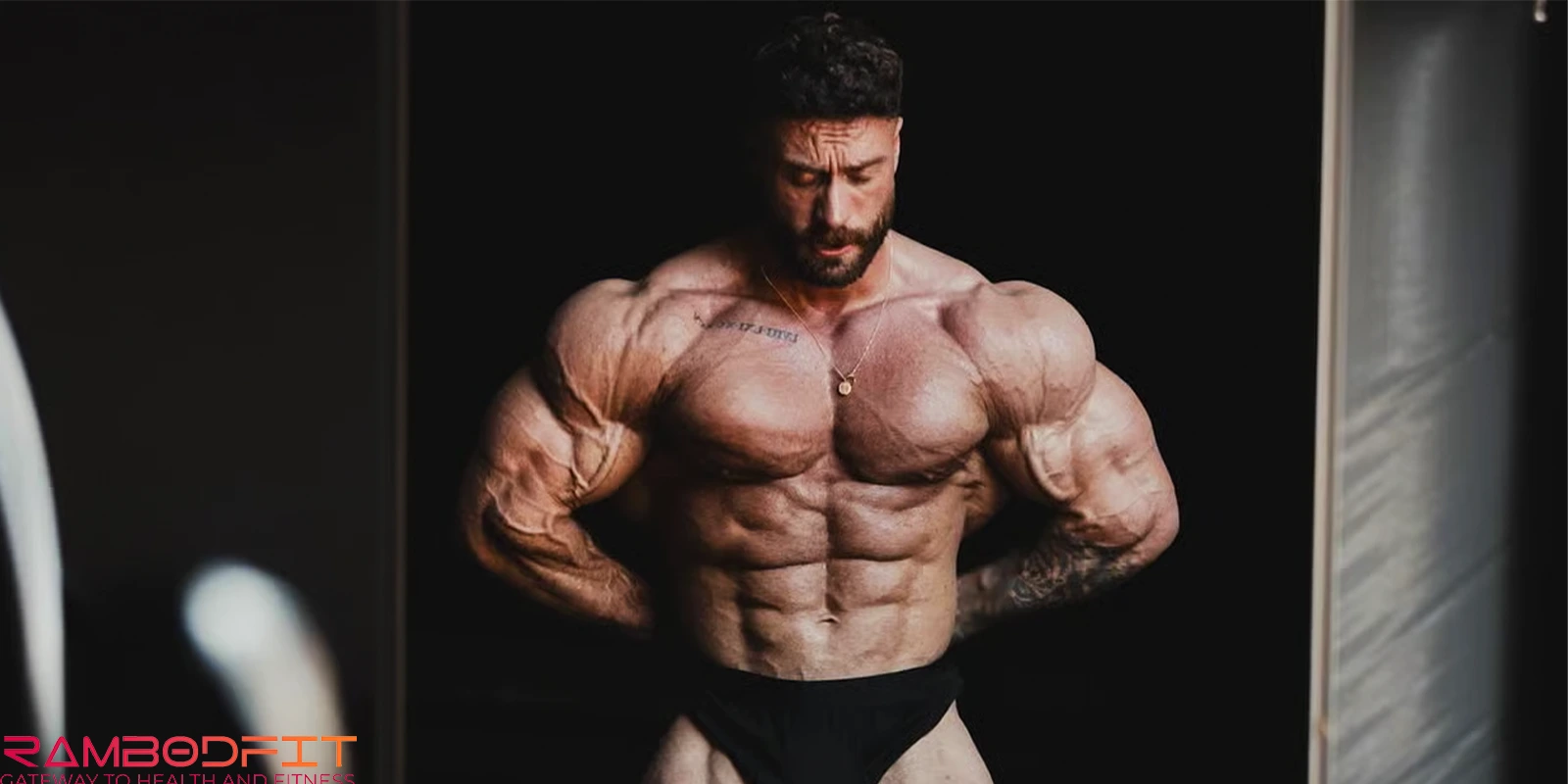


Going all the way to absolute failure in your workouts—well, that’s a double-edged sword. Some athletes thrive on failure training, squeezing out every last rep and seeing real gains in both performance and muscle size. But for others, non-failure training—stopping just shy of total fatigue—may be more sustainable, since pushing to failure can mean dragging themselves through exhaustion for not much extra pay-off.
Really, it all comes down to you. Your goals, how you like to train, and the kind of athlete you are—these things matter when deciding between failure vs non-failure training. In this article, Rambodfit digs into who actually benefits from training to failure, and when it’s worth pushing to that edge.
Table of Contents

Failure training means you keep going until your muscles just can’t do another rep with good form, no matter how hard you try. Non-failure training, on the other hand, takes a slightly different approach—you stop while you’ve still got a little left in the tank, maybe one or two reps you could squeeze out if you had to. Understanding this balance between failure vs non-failure training is key to tailoring your workouts for both progress and recovery.
That difference between failure vs non-failure training might sound minor, but it really matters. Pushing to failure leaves you wiped out; your body gets pushed hard and starts changing in ways it wouldn’t otherwise. But it also hits your recovery harder and raises your risk of injury.
If you pull back and stop before failure—embracing the non-failure training approach—you can usually train more overall, your nervous system stays fresher, and you can stick with your routine longer. The real skill lies in balancing failure vs non-failure training—knowing when to go all-in with failure training and when to hold back with non-failure work. That’s where real, sustainable progress happens.
We’ve talked about this before: pushing yourself to total failure in bodybuilding doesn’t really give you much more. Bodybuilders mostly chase that burning muscle fatigue, but honestly, research shows you’ll get almost the same muscle growth if you stop just short of absolute exhaustion. But things don’t work the same way for functional athletes. Their training isn’t just about one muscle at a time — it’s about the whole body working together, and that changes everything.
For functional or performance-based athletes, occasional training to failure can be a strategic tool. According to recent research (Springer Journal, 2025), hitting failure once in a while may stimulate specific protein responses that trigger adaptive mechanisms, helping the athlete break through training plateaus.
Let’s get one thing straight: even for serious athletes, failure training isn’t something you want to do all the time. It’s more like a secret weapon than a daily go-to. Non-failure training should be your foundation, with failure vs non-failure training balanced carefully depending on your goals and recovery. Use failure sparingly, and only when you’ve got a coach who actually knows where you’re at—how you’re recovering, what phase you’re in, and if you’re eating right.

Here’s how that might look in real life.
Picture an athlete hammering out thrusters, trying to build serious shoulder power. If they’re deep in their peak season, and their coach knows they can take the hit, maybe the coach throws in a set of failure training every few weeks. That kind of push can really test their limits and help them gauge progress within the failure vs non-failure training spectrum.
But if it’s the off-season, or they’re already slogging through tons of high-volume work? Forget it. In that case, sticking to non-failure training helps them maintain strength without burning out. Going to failure here just wears them down, messes with recovery, and tanks their progress.
So, what’s the takeaway?
Failure vs non-failure training isn’t automatically good or bad. It’s just a tool, and the real question is: when does it actually make sense for you?
Taking a set to the point where you can’t do another rep—that’s failure training—can definitely spark muscle growth and push you past your comfort zone. But you pay for it. Your muscles, your nervous system, and your ability to recover all take a hit. That’s where non-failure training comes in: if you push to failure all the time, you end up burned out, stuck, or even hurt. But when you balance failure vs non-failure training and use each approach at the right moments, it can speed up progress and make you tougher, inside and out.
Top athletes understand this balance. Discipline isn’t just about grinding harder; it’s about knowing when to hit the gas and when to ease up. They chase intensity through failure training when it matters, and they make space for recovery through non-failure training. They treat training like a craft—something you refine over time by paying attention, learning from experience, and making smart calls.
So, failure vs non-failure training isn’t about ego or toughness. It’s about purpose. The real win is training intelligently—showing up consistently, making smart choices, and keeping your eyes on long-term progress. Not every workout needs to leave you wrecked. Save that level of effort for when it counts.

Pushing yourself to the point of absolute failure during workouts—where you can’t complete another repetition with good form—can certainly enhance your performance by pushing your limits and stimulating muscle growth. However, within the failure vs non-failure training framework, this approach isn’t universally necessary or beneficial for everyone. While some bodybuilders may incorporate failure training to break through plateaus or to maximize muscle hypertrophy, it’s not a technique they rely on in every session. In fact, overusing failure training without balancing it with non-failure training can lead to excessive fatigue, longer recovery times, and even increase the risk of injury if not managed carefully.
For functional athletes, whose goals often revolve around building overall strength, endurance, and movement efficiency, failure vs non-failure training takes on a strategic role. They might use failure training sparingly—perhaps in specific phases of their programming or as a tool to test mental toughness—but their focus generally remains on non-failure training: quality movement, consistency, and gradual progression rather than constantly pushing to the brink.
If your primary goal is general health and fitness—maintaining muscle tone, supporting cardiovascular health, or simply enjoying regular exercise—there’s little need to push every set to failure. Within the failure vs non-failure training balance, you’re likely to see better long-term results by prioritizing good form, steady progress, and sufficient recovery. Pushing to failure too often in this context can lead to burnout or soreness that interferes with your ability to maintain a consistent workout routine.
Ultimately, failure training should be reserved for specific situations, such as when you’re aiming to challenge yourself with a personal best or targeting a stubborn muscle group that’s not responding to regular work. The foundation of any effective fitness program, though, comes down to smart balance—integrating failure vs non-failure training intelligently. Listen to your body, allow for adequate rest and recovery, and focus on incremental improvements over time. Remember, sustainable progress and injury prevention are more important than simply working as hard as possible every time you hit the gym. Training intelligently—with the right mix of effort, recovery, and consistency—will always yield the best results in the long run.
Not necessarily. Research suggests that stopping 1–2 reps before failure provides almost identical hypertrophy benefits while reducing injury and recovery risk.
For most athletes, once every few weeks on selected movements is enough. Overusing it can cause fatigue, performance drops, or even overtraining.
Generally, no. Beginners benefit more from learning form, movement patterns, and volume management before exploring failure-based techniques.